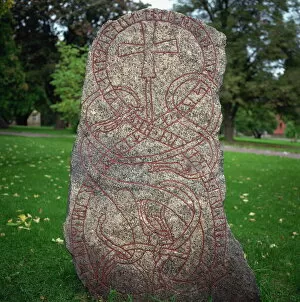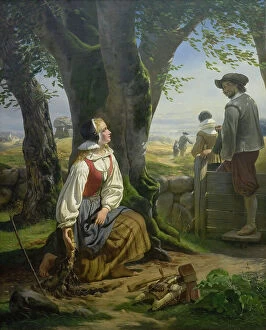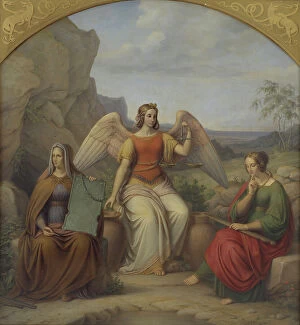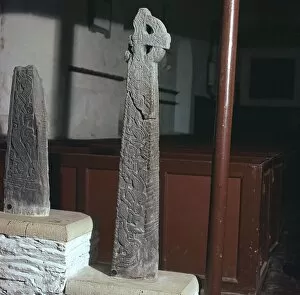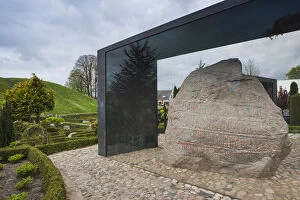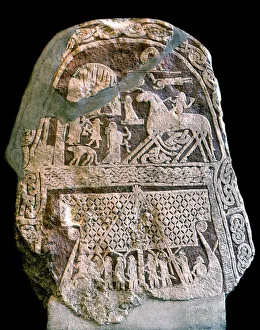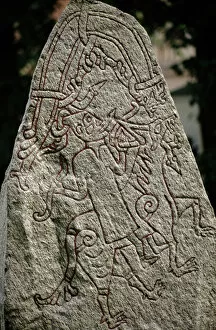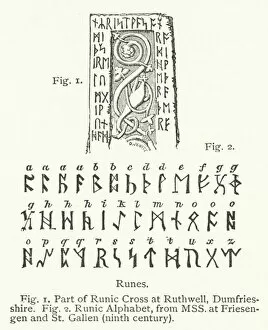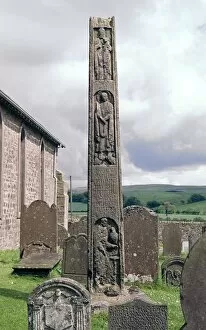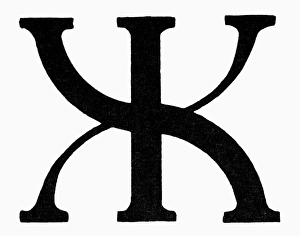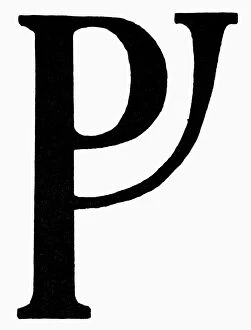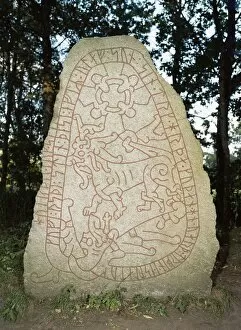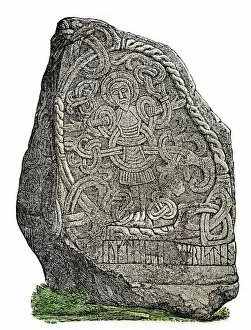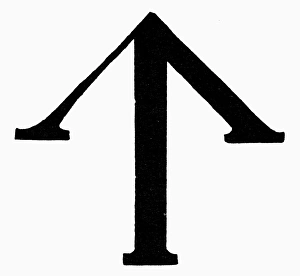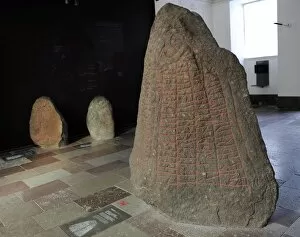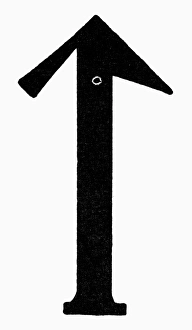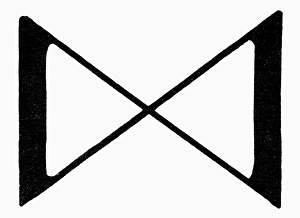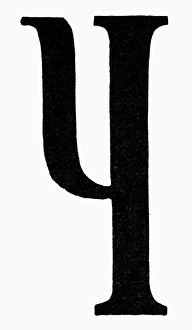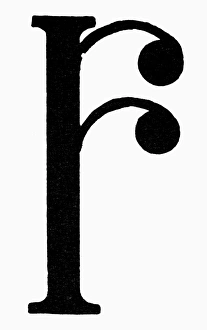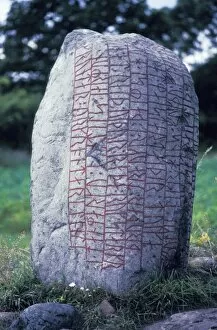Rune Collection
"Unveiling the Mysteries of Rune: A Journey through Viking History" Step back in time and immerse yourself in the captivating world of runes
All Professionally Made to Order for Quick Shipping
"Unveiling the Mysteries of Rune: A Journey through Viking History" Step back in time and immerse yourself in the captivating world of runes, an ancient writing system that tells tales of Norse mythology, historical events, and cultural traditions. One such artifact is an 11th-century Viking Runestone from Lagga Parish, a remarkable testament to the craftsmanship and storytelling prowess of the Vikings. The Helsingeland runic alphabet, used on this stone and many others across Scandinavia, holds secrets waiting to be deciphered. These intricate characters were once etched into wood or carved onto stones as a means of communication among the Norse people. King Canute the Dane's legacy lives on through George Vertue's stunning depiction from 1732. This artwork showcases the king's influence on Viking culture and his role in shaping history. Traveling further west brings us to Braddan on the Isle of Man where Thorleif Hmakkis' cross stands tall. Adorned with runic inscriptions, it serves as a reminder of how these symbols transcended borders and connected distant lands. Jelling Kirke Church in Denmark takes us back to Jutland—the birthplace of Christianity in Denmark—where rune-covered stones stand proudly amidst lush greenery. These monumental relics bear witness to both pagan beliefs and Christian conversion during medieval times. Delving deeper into our exploration reveals fascinating artifacts like DDE-90036612, DDE-90036611, and DDE-90032005—a trio that unveils glimpses into everyday life during ancient times when runes were widely used for various purposes. One particularly intriguing find is a runestone depicting Wotan (Odin) riding his eight-legged horse Sleipnir—an awe-inspiring representation that highlights mythological figures intertwined with runic symbolism. A rare treasure comes forth with a 16th-century Runic almanac carved meticulously out of boxwood.

